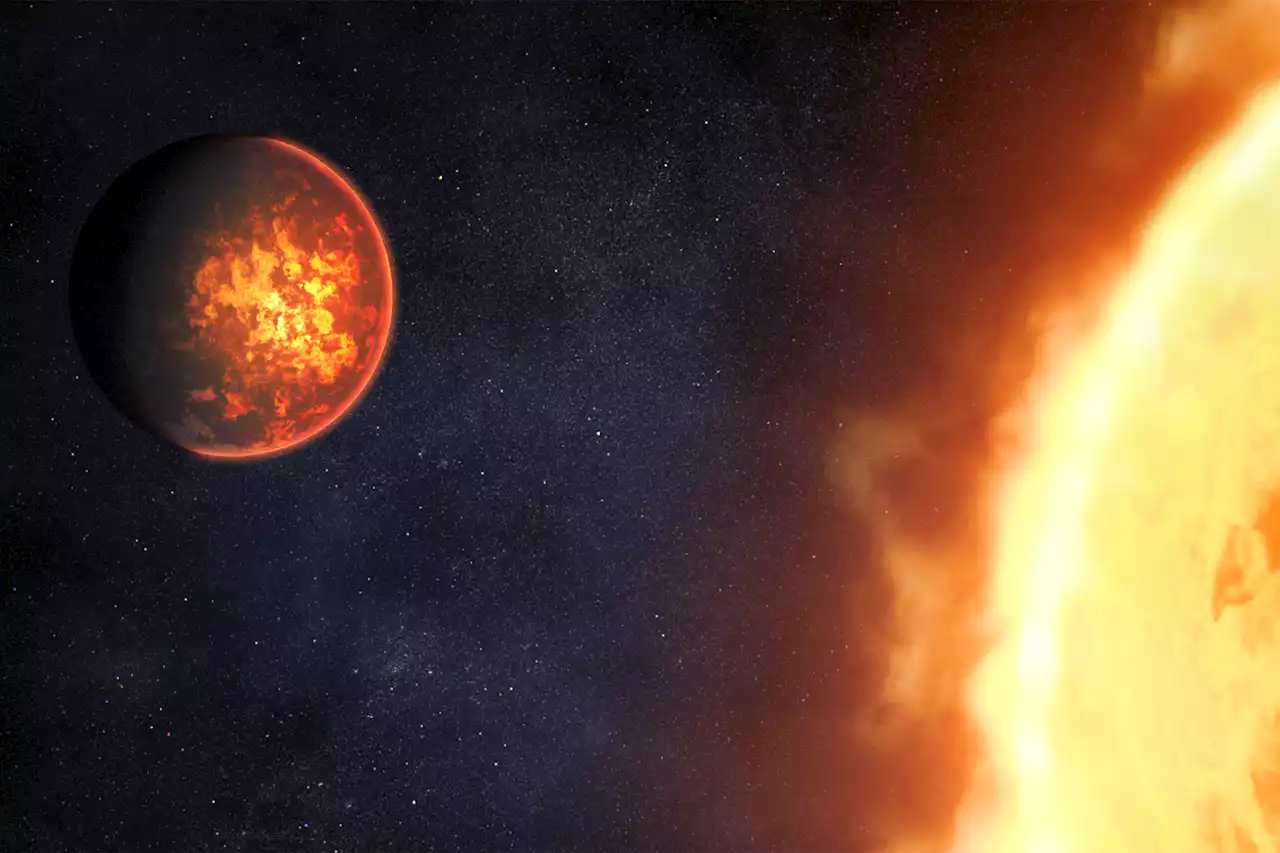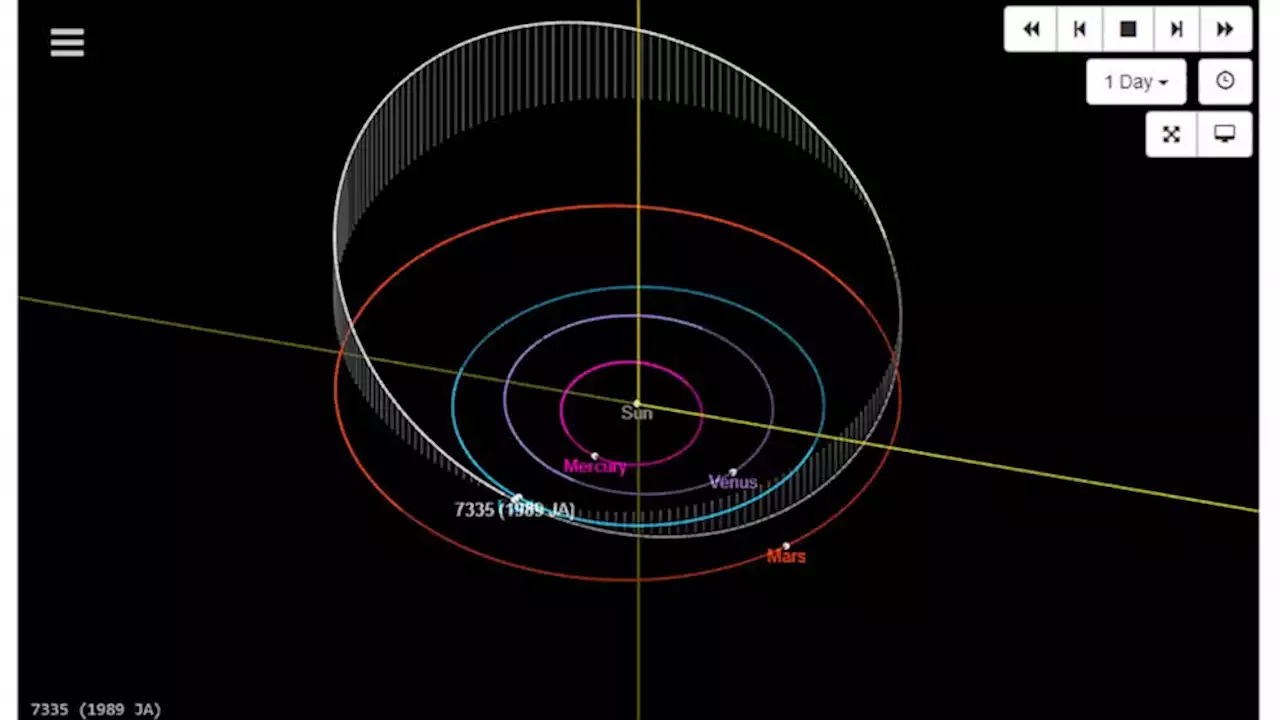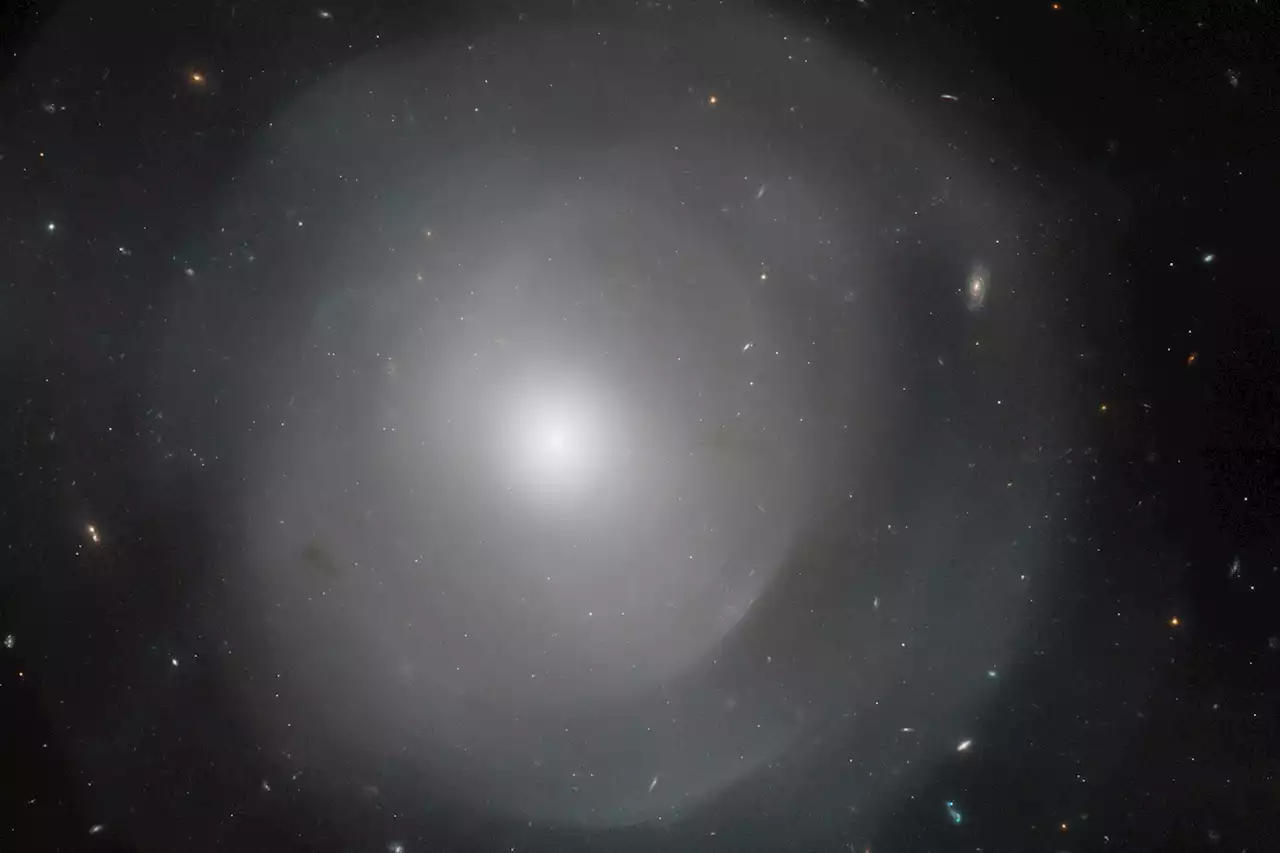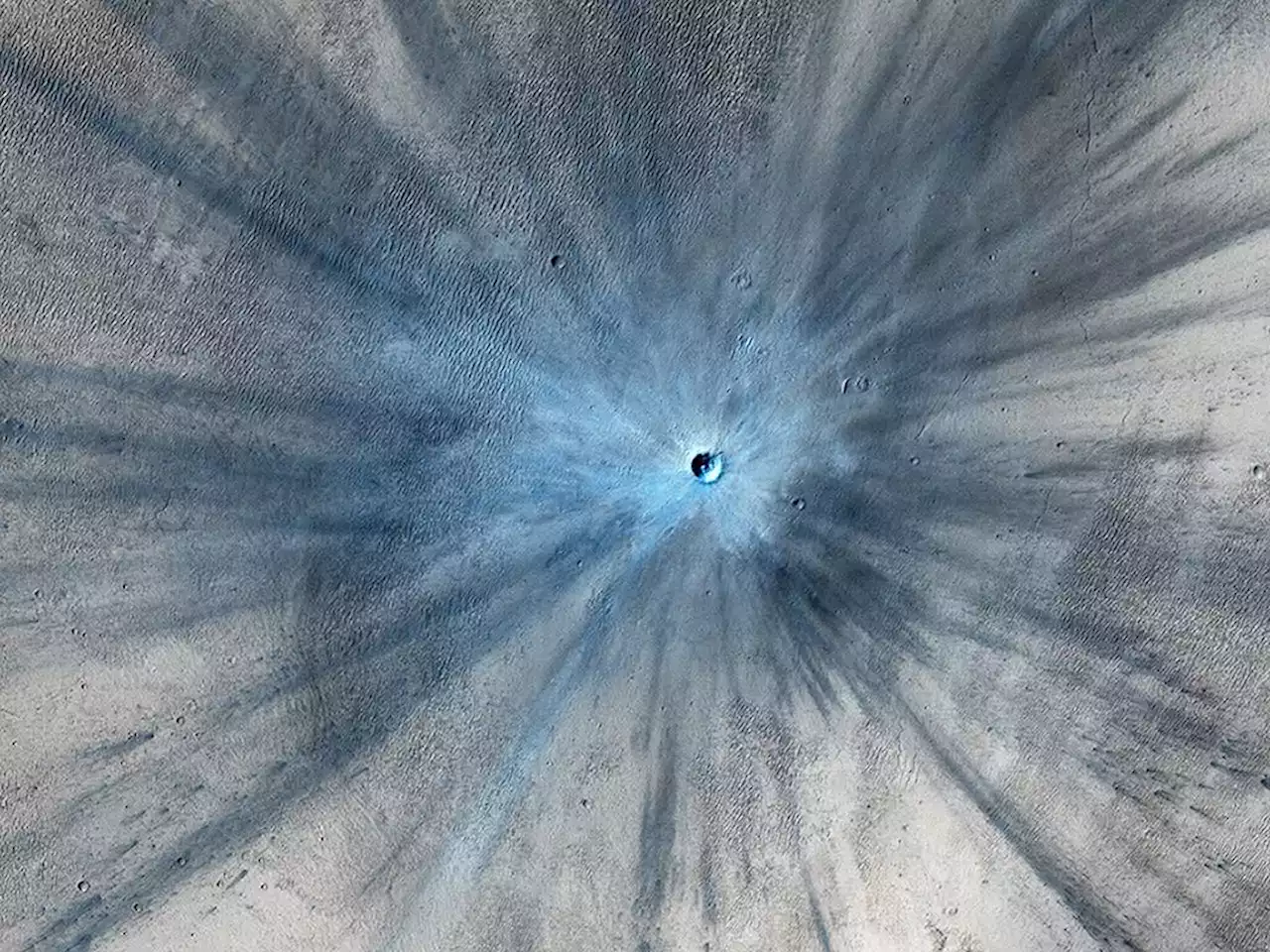A new Quantum Technique Could Enable Telescopes the Size of Planet Earth universetoday storybywill
itself! But as they indicated in their study, classical interferometry is still hindered by several physical limitations, including information loss, noise, and the fact that the light obtained is generally quantum in nature . By addressing these limitations, VLBI could be used for much finer astronomical surveys. Said Dr. Huang to Universe Today via email:
“The idea of this line of research is to allow us to move into the optical frequencies from microwaves; these techniques equally apply to infrared. We can already do large-baseline interferometry in the microwave. However, this task becomes very difficult in optical frequencies, because even the fastest electronics cannot directly measure the oscillations of the electric field at these frequencies.
The key to overcoming these limitations, says Dr. Huang and her colleagues, is to employ quantum communication techniques like Stimulated Raman Adiabatic Passage. STIRAP consists of using two coherent light pulses to transfer optical information between two applicable quantum states. When applied to VLBI, said Huang, it will allow for efficient and selective population transfers between quantum states without suffering from the usual issues of noise or loss.
“To mimic a large optical interferometer, the light must be collected and processed coherently, and we propose to use quantum error correction to mitigate errors due to loss and noise in this process. Quantum error correction is a rapidly developing area mainly focused on enabling scalable quantum computing in the presence of errors. In combination with pre-distributed entanglement, we can perform the operations that extract the information we need from starlight while suppressing noise.
Australia Latest News, Australia Headlines
Similar News:You can also read news stories similar to this one that we have collected from other news sources.
 James Webb telescope will soon study two Super-Earths in the Milky WayNASA will use the James Webb space telescope to study our universe more in-depth, starting with these super-Earth planets in its first year.
James Webb telescope will soon study two Super-Earths in the Milky WayNASA will use the James Webb space telescope to study our universe more in-depth, starting with these super-Earth planets in its first year.
Read more »
 Self-Soothing Strategies for Troubled TimesAre you facing a difficult or unexpected challenge? These suggestions can help you cope.
Self-Soothing Strategies for Troubled TimesAre you facing a difficult or unexpected challenge? These suggestions can help you cope.
Read more »
 'Potentially hazardous' asteroid zooms close to EarthAn asteroid — the largest to get close to Earth this year — tumbled past the planet Friday.
'Potentially hazardous' asteroid zooms close to EarthAn asteroid — the largest to get close to Earth this year — tumbled past the planet Friday.
Read more »
 Hubble telescope discovered a new galaxy with mysterious surroundingsNASA's Hubble space telescope captured a closer image of NGC 474, a galaxy surrounded by shells many believe formed billions of years ago.
Hubble telescope discovered a new galaxy with mysterious surroundingsNASA's Hubble space telescope captured a closer image of NGC 474, a galaxy surrounded by shells many believe formed billions of years ago.
Read more »
 New Mars study traces erosion history on the Red Planet in search for waterEvidence of water accelerating erosion might help with the search for life.
New Mars study traces erosion history on the Red Planet in search for waterEvidence of water accelerating erosion might help with the search for life.
Read more »
Early dogs may have doubled in size to protect livestockArchaeological evidence suggests domestic canines bulked up between 8000 and 2000 years ago
Read more »
